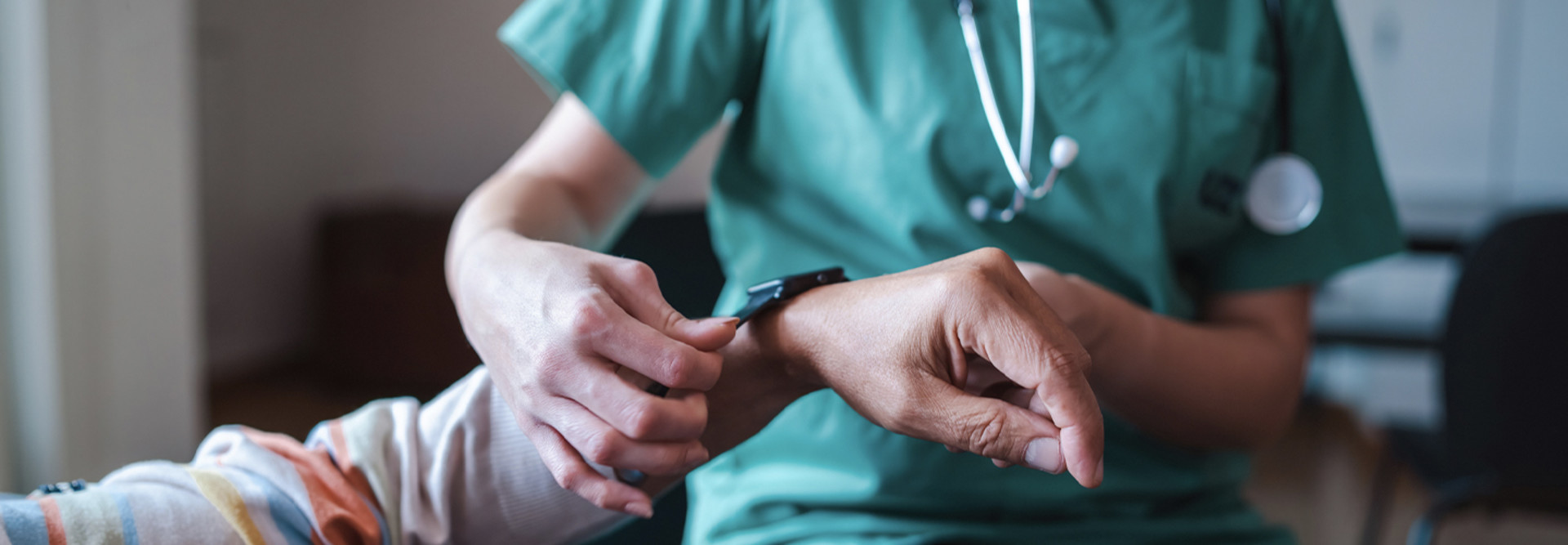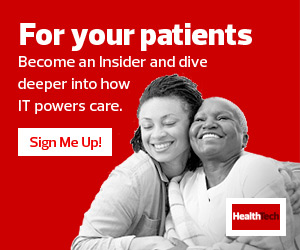How Remote Patient Monitoring Improves Health Outcomes
RPM can help providers get a faster read on patients, especially those with chronic conditions such as diabetes and hypertension, says Todd Bellemare, senior vice president of strategic solutions at Definitive Healthcare. He adds that RPM can also help providers understand behavior barriers that can get in the way of medication adherence and daily readings like blood sugar levels.
“The patient can short circuit some of those expensive patient interventions like going to the emergency department,” Bellemare says.
In a recent study by the International Journal of Chronic Obstructive Pulmonary Disease, the use of RPM devices decreased hospitalizations by 65 percent and emergency department visits by 44 percent for COPD patients.
“We’ve talked for 20 years about prevention and maintenance as opposed to just treating the symptoms of a disease in the end,” Bellemare says. “RPM offers us an opportunity to put into practice all of those conversations about maintenance and prevention that we’ve had for the last 20 years.”
EXPLORE: How to integrate remote patient monitoring data to improve health outcomes.
Nurses Respond to Remote Patient Monitoring Adoption
The bandwidth of nurses has been shrinking over the years, with the stress of the pandemic being overwhelming to many, Bellemare says.
“That time spent directly with patients is such a huge component of the why of what they’re doing and why they’re in that profession in the first place,” Bellemare says. “Once you start adding all of these ancillary administrative burdens to them, it becomes almost unbearable.”
Though some nurses view the addition of more technologies as additional administrative work and a threat to their roles. In 2021, National Nurses United and the California Nurses Association issued a joint statement saying that Kaiser Permanente’s “healthcare-at-home” initiative would undermine nurses’ role in care.
In a 2020 Journal of Internet Research report, half of nurses surveyed reported feeling distressed by RPM adding more to mounting workloads. Even so, all nurses stated that RPM increased patient safety.
“If hospitals and health systems can find a way to reduce that administrative burden and technical burden on the nurses, their workplaces will fare much better,” Bellemare says.












